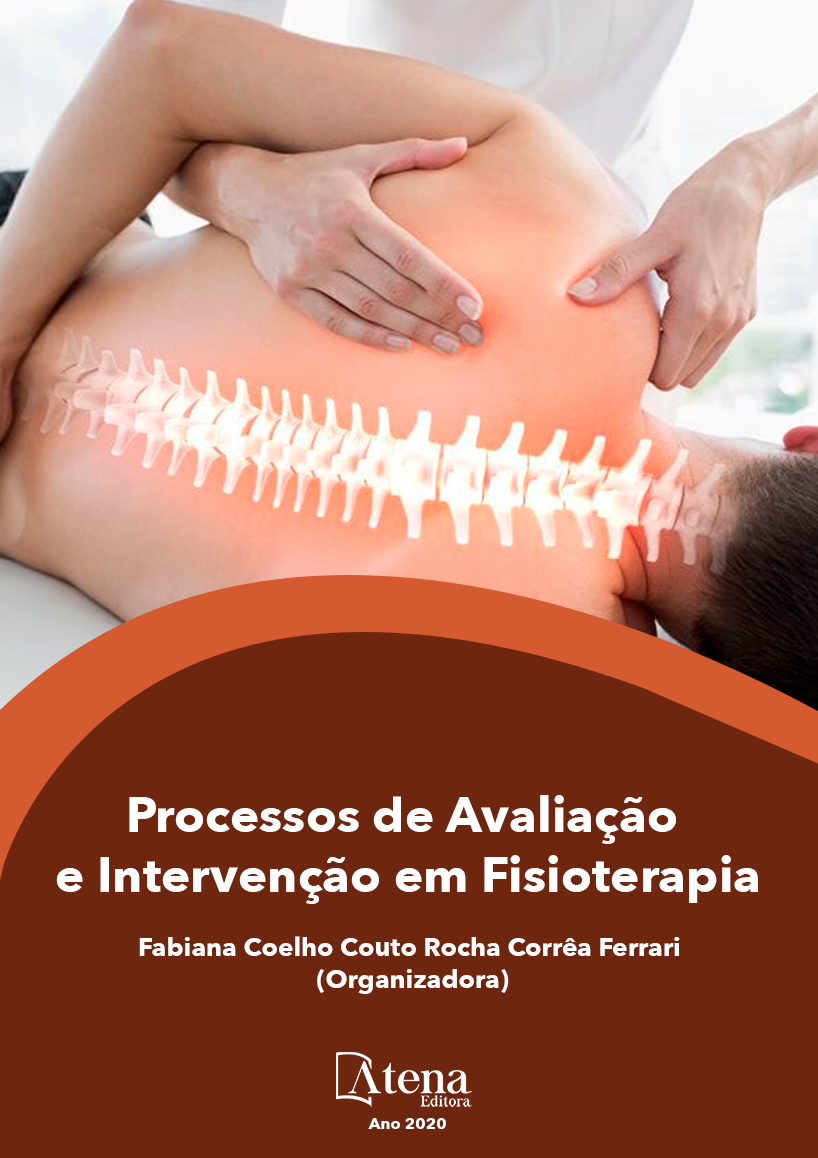
OSTEOARTROSE DE JOELHO: OBESIDADE, DIAGNÓSTICO E TRATAMENTO
A osteoartrose (AO) de joelho é uma doença crônica que acomete a estrutura articular, provocando alterações estruturais da cartilagem, dor e limitação funcional. A obesidade é um dos principais fatores de causa da AO. Com o aumento da obesidade e o estilo de vida pouco ativo, há uma possibilidade que o aumento de peso potencialize à sobrecarga mecânica das estruturas articulares durante os movimentos do corpo e predispor ao aparecimento de disfunções articulares, portanto torna-se essencial compreender como a obesidade influencia o desempenho funcional na AO de joelho, com isso criar medidas de prevenção e tratamento. Objetivo: analisar a influência da dor, alterações radiológicas e grau de obesidade como fator de causa em indivíduos com AO. O diagnóstico da AO é clínico e deve-se observar principalmente os possíveis mecanismos etiológicos associados aos sintomas dolorosos. Para isso o questionário de WOMAC apresenta excelente confiabilidade para mensuração de dor, desempenho funcional durante a deambulação e atividades de vida diária para indivíduos portadores de AO de joelho. Para avaliação radiológica é necessário utilizar a classificação definida por Kellgren-lawrence e o grau de obesidade mensurado pelo índice de massa corpórea (IMC). Os tratamentos incluem controle do peso, associada muitas vezes a tratamentos farmacológicos para a diminuição da sensibilidade e fisioterapia. A cirurgia torna-se uma alternativa quando não houveram resultados satisfatórios com o tratamento conservador. Conclusão: A intensidade de dor é um fator que influencia a realização das atividades funcionais em indivíduos obesos com OA de joelho, mas outros estudos são necessários para identificar os fatores etiológicos nesta população, visto que existem obesos assintomáticos.
OSTEOARTROSE DE JOELHO: OBESIDADE, DIAGNÓSTICO E TRATAMENTO
-
DOI: 10.22533/at.ed.62920260512
-
Palavras-chave: Osteoartrose, Obesidade, Joelho, Dor, fisioterapia.
-
Keywords: Osteoarthritis, Obesity, knee, pain, Physiotherapy
-
Abstract:
The osteoarthritis (OA) of knee is a chronic disease that affects root structure, causing dynamic changes of the cartilage, pain and lack of dynamic functions. The obesity is one of the main events that cause the (OA). With the increasing of obesity and the lack of active life, there is a possibility of increasing weight which maximize the mechanic burden of the root structures during body`s movements and predispose the appearing of articular disorders. Therefore it has become necessary to understand how obesity influential cause functional performance in the OA of the knee. Thus create prevention measures and treatment. Goal: analyze the pain influence, the radiologic changes and the extent of obesity as a factor which cause the individual with OA. The diagnostic of OA is clinical and it must be fulfil principally possible etiological associated to aching symptoms. For that, the WOMAC questionnaire shows excellent reliability for measuring the pain, functional performance during the de ambulation and daily life activities for those who are portable of knee OA. For radiological assessment it`s necessary to use a determined classification by Kellgren – Lawrence and the level of measured obesity by the body mass index rate (BMI). The treatments include weight control, associated many times with pharmacological treatment for lowing the sensibility and physiotherapy. A surgery becomes an alternative when there`s no fulfilling result over the conservative treatment. Concluding: An intensity of pain is a factor that affects the accomplishment of individuals functional activities with obesity of OA Knee problems, but others studies are necessary for identifying the etiological facts at these population, as long as there are asymptomatic obese.
-
Número de páginas: 14
- Nágila Bernarda Zortéa
- Leonardo Cardoso
- Charise Dallazem Bertol
- Marcos Roberto Spassim


